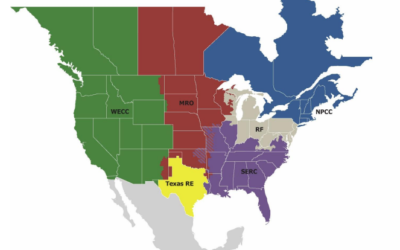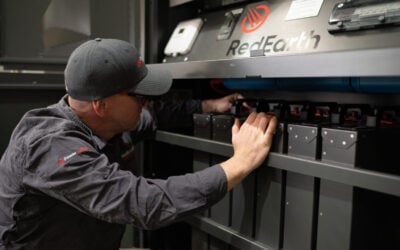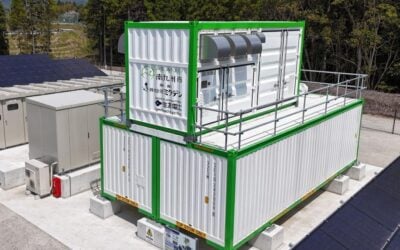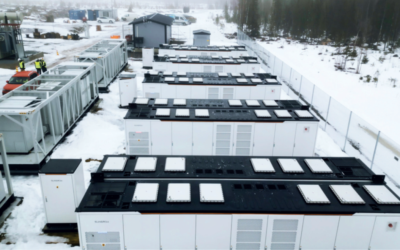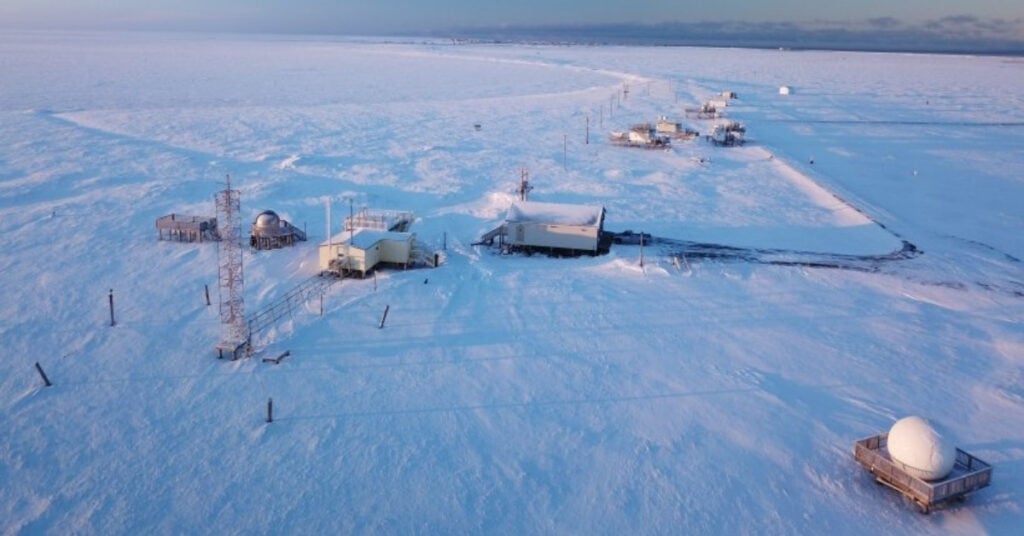
A consortium led by the US Department of Defense (DOD) is developing a battery-integrated microgrid capable of withstanding harsh extreme cold weather conditions.
The DOD’s Defense Innovation Unit (DIU) said earlier this month that it requires a high-performance standalone power solution combining batteries and generators suitable for operations in the Arctic.
Enjoy 12 months of exclusive analysis
- Regular insight and analysis of the industry’s biggest developments
- In-depth interviews with the industry’s leading figures
- Annual digital subscription to the PV Tech Power journal
- Discounts on Solar Media’s portfolio of events, in-person and virtual
The armed forces are already seasoned users of microgrids for sustaining power supply to mission critical and remote operations. Within that, batteries can reduce the frequency and amount of refuelling of diesel or other generation units that have to happen, which can be both logistically challenging and expensive.
The new initiative seeks to develop a microgrid capable of providing continuous power in temperatures as low as -51 degrees Centigrade. A “non-standard” battery solution is expected to be at least part of the answer, according to a DIU press release.
The aim of the Department of Defense project is to come up with a prototype of a standardised mobile microgrid unit which can meet high energy demands at high power ratings. The unit would be scalable and able to be flexibly deployed.
The DIU’s consortium partners include the North American Aerospace Defense Command (NORAD), US North Command (US NORTHCOM), Cold Regions Research and Engineering Laboratory Testing and Demonstration of the US Army Corps of Engineers’ Engineer Research and Development Center (ERDC), various other DOD offices and federally funded non-profit national security innovation group MITRE Corporation.
HDT Global, an Ohio-based company which provides engineering solutions for use in extreme environments for military and government as well as commercial and industrial (C&I) entities, has been hired to develop the energy efficient microgrid.
NORAD, US NORTHCOM and DIU picked out 13 different solutions for testing and analysis in October.
The project, called Arctic Grid Energy Solutions (AGES), aligns with the US’ National Strategy for the Arctic. Announced in October and an update of a 2013 predecessor strategy, it aims to enhance US capabilities to defend its interests in the region.
“The AGES system is a micro-grid composed of a battery coupled with generators in containers designed to withstand the brutal Arctic environment. The goal is to have a reliable and efficient micro-grid that is scalable and transportable, allowing various uses in supporting domestic and international missions,” US Navy commander Joel McMillan, said.
“The AGES system aims to provide reliable and efficient power to Arctic base camps, special operations, radar stations, communication nodes, and other critical Arctic applications.”
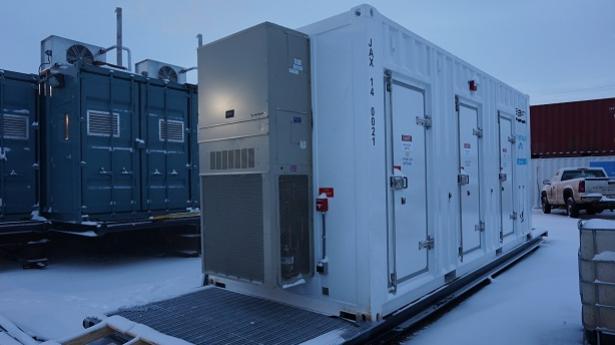
The prototype is expected to be tested in the fall of 2023, for use in biennial Arctic Edge exercises in 2024, McMillan, who is with NORAD and US NORTHCOM, said.
By way of context, in March, battery and energy storage system maker and integrator Saft was awarded a contract for what has been claimed to be the largest battery energy storage system (BESS) within the Arctic Circle so far.
The company will provide a 6MW/7MWh BESS to Longyearbyen, a town on the Norwegian island of Svalbard, with Longyearbyen’s council project manager stating Saft was chosen for having experience with similar projects, such as a 1MWh system for an Arctic microgrid in Cordova, Alaska.
Meanwhile, another US Forces project likely of interest to readers is the pilot deployment of Lockheed Martin’s proprietary grid-scale flow battery technology at the US Army’s Fort Carson, Colorado. A 1MW/10MWh Lockheed Martin Gridstar Flow system will be tested over two years. A ground-breaking event was held to mark the official start of the project at the beginning of this month.
Energy-Storage.news’ publisher Solar Media will host the 5th Energy Storage Summit USA, 28-29 March 2023 in Austin, Texas. Featuring a packed programme of panels, presentations and fireside chats from industry leaders focusing on accelerating the market for energy storage across the country. For more information, go to the website.

